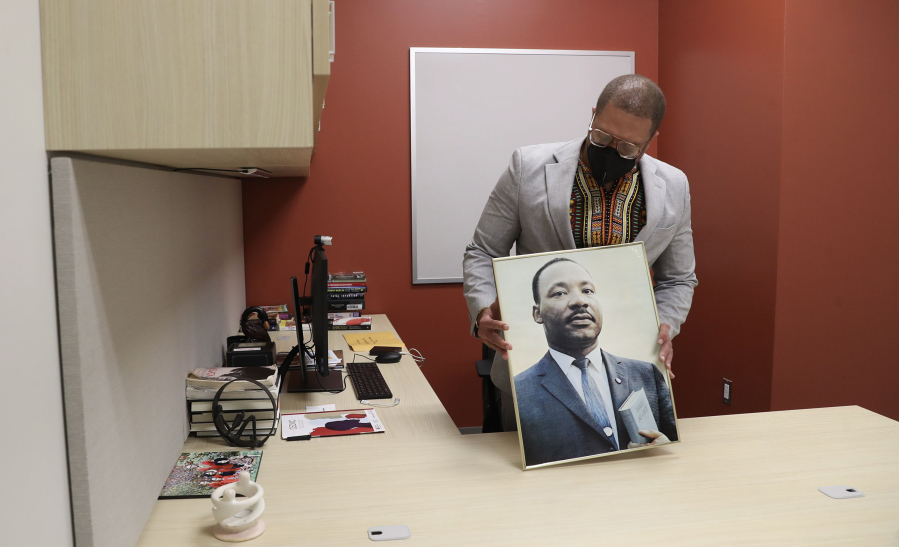PHILADELPHIA — It was in the days after George Floyd’s murder, and longtime Temple professor Molefi Kete Asante wrote a blistering five-page letter to then-university president Richard M. Englert. He called on the school to do more to support the Africology and African American studies department and combat racism.
“I am totally in rage,” began Asante, who started the nation’s first doctoral program in African American studies at Temple in 1988 and authored 100 books, “but I have been enraged for years working at Temple University where I have devoted the bulk of my career, and I have always found with little exception an absolute silence about racism until now. … We are not doing enough to deal with racism. Let’s model the behavior we talk about in conversations.”
Englert took him up on it. Lengthy planning meetings on Zoom followed. And in November, Temple officially opened the Center for Anti-Racism, one of the suggestions Asante made in his letter.
Just one month prior, a few hours away in central Pennsylvania, Neeli Bendapudi, who became Pennsylvania State University’s president in May, announced the school would renege on a pledge made by her predecessor, Eric J. Barron, to open a $3.5 million Center for Racial Justice.



